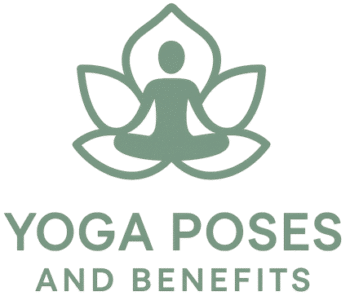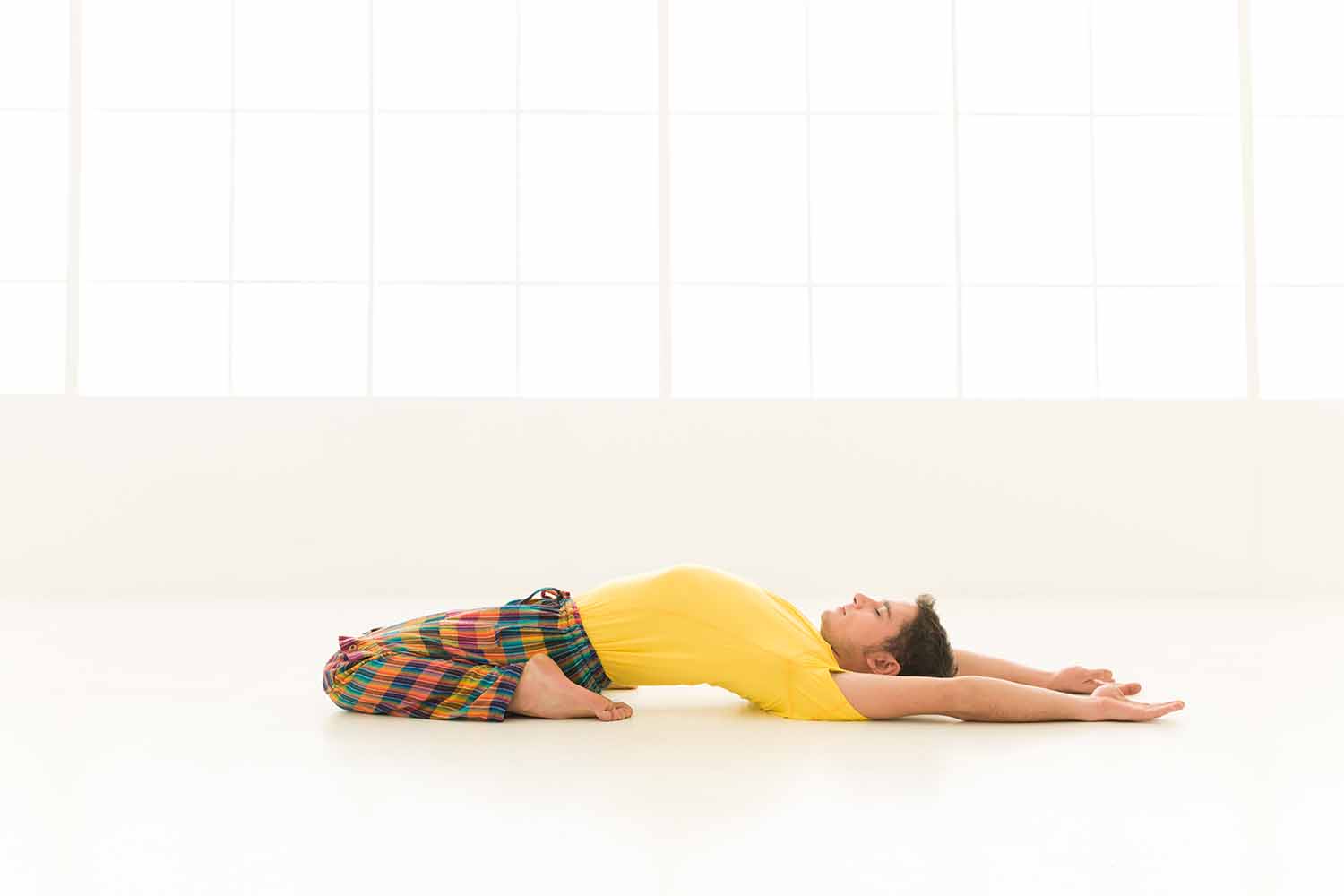Yin Yoga is a slow, meditative style of yoga that focuses on stretching and strengthening connective tissues, such as ligaments, tendons, and fascia, rather than muscles. This unique approach to yoga is characterized by long-held, passive poses, which allow practitioners to relax deeply into each stretch and reach deeper layers of the body. Yin Yoga contrasts with more dynamic practices like Vinyasa or Hatha, where poses are more active and aimed at muscle engagement and cardiovascular fitness. Instead, Yin Yoga encourages stillness, introspection, and the gradual release of tension.
Origins and Philosophy of Yin Yoga
Yin Yoga is influenced by both traditional Chinese medicine (TCM) and the Taoist philosophy of balance. It emphasizes the balance between yin and yang energies. Yang represents dynamic, active energy (associated with muscle-focused yoga styles), while yin symbolizes passive, restful energy. This practice is designed to restore balance by cultivating the yin aspect—passive poses, stillness, and mindfulness.
The modern form of Yin Yoga was developed in the late 1970s by martial artist and yoga teacher Paulie Zink. Later, it was popularized by teachers like Paul Grilley and Sarah Powers, who integrated elements of anatomy, meridian theory, and mindfulness.
Key Principles of Yin Yoga
1. Longer Holds
In Yin Yoga, poses are typically held for 3 to 5 minutes, or even longer. This extended duration allows the body to relax fully into the posture, targeting deep connective tissues. The prolonged holds also create space for practitioners to cultivate mindfulness, breathing deeply and focusing on the sensations in the body.
2. Minimal Muscle Engagement
Yin Yoga focuses on relaxing the muscles, which encourages the body to rely on the support of connective tissues. This differs from most other styles of yoga, where muscular strength and engagement are prioritized. In a Yin pose, the objective is to feel a gentle stretch and surrender to gravity without pushing or pulling.
3. Mindfulness and Breath Awareness
Yin Yoga incorporates elements of meditation, encouraging practitioners to become aware of their breath, thoughts, and bodily sensations. This awareness cultivates a meditative state, making Yin Yoga both a physical and mental practice. By focusing on breath, practitioners can deepen their relaxation and release physical and emotional tension.
4. Targeting Meridian Lines
Drawing from TCM, Yin Yoga aims to stimulate energy flow along the body’s meridian lines. These are channels through which Qi (life force energy) is believed to flow. Yin poses apply gentle pressure to specific areas, which can aid in releasing blockages and promoting balance and well-being.
Benefits of Yin Yoga
Yin Yoga offers a variety of physical, mental, and emotional benefits, making it a valuable practice for people of all experience levels. Here are some of the primary benefits:
1. Improves Flexibility and Mobility
- Yin Yoga targets the body’s connective tissues, such as fascia, ligaments, and tendons, rather than just muscles. By holding poses for extended periods, Yin Yoga gradually increases flexibility and range of motion, especially in the hips, pelvis, and lower back.
2. Supports Joint Health
- The gentle stress applied to joints in Yin Yoga helps maintain joint mobility and lubrication. This can be especially beneficial for older adults or individuals experiencing joint stiffness, as Yin’s long holds gently stimulate the joints without harsh impact.
3. Enhances Circulation and Energy Flow
- Yin Yoga stimulates energy flow along the body’s meridian lines, which, according to traditional Chinese medicine, helps clear blockages and promotes vitality. This can improve circulation and overall energy, leaving practitioners feeling refreshed and balanced.
4. Reduces Stress and Promotes Relaxation
- Yin Yoga activates the parasympathetic nervous system, responsible for the body’s “rest and digest” functions, which helps reduce stress and anxiety. The slow pace, focus on breath, and meditative approach calm the mind, promoting deep relaxation.
5. Encourages Mindfulness and Emotional Release
- Yin Yoga is inherently meditative, requiring patience, stillness, and mindfulness. Practicing Yin encourages self-awareness and emotional release, providing time to observe thoughts and feelings without judgment, which can support emotional resilience and clarity.
6. Balances an Active Lifestyle
- For those who engage in high-intensity activities like running, weightlifting, or other forms of vigorous yoga, Yin Yoga provides a restorative counterbalance. It helps lengthen muscles and connective tissues, alleviating tension built up from more dynamic exercise.
7. Supports Connective Tissue Health
- Yin’s focus on connective tissue encourages hydration and flexibility in these tissues, which can enhance overall physical health. The practice helps maintain the elasticity and strength of tissues, supporting movement and reducing injury risk.
8. Builds Patience and Focus
Holding poses for several minutes challenges the mind, building patience and mental endurance. Yin Yoga practitioners often find increased focus, both during the practice and in daily life, as the skills developed on the mat translate to better mental resilience.
Common Yin Yoga Poses
Yin Yoga includes a variety of seated, supine, and prone poses, each held passively. Here are some of the most common poses practiced in Yin Yoga:
- Butterfly Pose (Baddha Konasana)
- This pose stretches the inner thighs and hips. With feet together and knees open wide, you can relax forward, letting gravity do the work.
- Dragon Pose (Lunge)
- A deep lunge with the back knee down, Dragon Pose stretches the hip flexors and groin, making it effective for releasing tension in the hips.
- Caterpillar Pose (Seated Forward Bend)
- In this pose, you sit with legs extended forward and gently fold over them. It targets the lower back and hamstrings.
- Sphinx Pose
- Sphinx gently opens the chest and stimulates the lower back. It’s performed by lying on the belly and propping the torso up on the forearms.
- Twisted Roots (Supine Twist)
- This reclining twist helps release the spine and decompress the lower back. With knees bent, you allow them to drop to one side for a gentle twist.
Who Can Benefit from Yin Yoga?
Yin Yoga is suitable for practitioners of all levels, including beginners, as its slow and gentle approach provides time to learn and settle into poses. It’s particularly beneficial for:
- Athletes and Active Individuals: Yin Yoga counterbalances intense physical activity, promoting flexibility and recovery.
- Those Seeking Stress Relief: Its meditative quality makes it ideal for stress management and mental clarity.
- Older Adults or Those with Joint Pain: Yin Yoga’s gentle nature supports joint health without intense physical strain.
Tips for Practicing Yin Yoga
- Find a Comfortable Environment: Yin Yoga can be practiced at home or in a studio. Creating a quiet, comfortable space supports the relaxation process.
- Use Props: Blocks, bolsters, and blankets can help support the body, especially in long-held poses, allowing you to settle into each posture with ease.
- Focus on Breath: Deep, slow breaths enhance relaxation and help you stay present. This focus can make long holds more manageable and enjoyable.
Is Yin Yoga Good for You?
Yes, Yin Yoga offers several health benefits, both physically and mentally. By focusing on long-held, passive stretches, it targets the body’s deep connective tissues—such as fascia, ligaments, and joints—improving flexibility and joint health. This practice encourages deep relaxation, reducing stress and activating the parasympathetic nervous system, which promotes a calm, balanced mind. Yin Yoga also helps improve energy flow in the body, drawing on principles from traditional Chinese medicine to stimulate meridians. Yin’s meditative nature makes it ideal for mental clarity, emotional release, and mindfulness, enhancing overall well-being. Therefore, Yin Yoga is especially beneficial for anyone looking to balance a fast-paced lifestyle or complement more active exercise routines.
Can Beginners Do Yin Yoga?
Yes, Yin Yoga is very suitable for beginners. Its slow pace and focus on passive stretching provide time to understand and settle into each pose. Unlike more active forms of yoga, Yin does not require intense muscle engagement, making it accessible to those new to yoga or those with limited flexibility. Yin Yoga allows beginners to explore poses with the help of props like blocks and bolsters, supporting the body as they gradually improve flexibility and joint mobility. Additionally, its meditative approach helps beginners develop mindfulness, encouraging a calm and focused practice. Overall, Yin Yoga’s gentle, accessible style makes it an ideal entry point for those new to yoga.
Can Yin Yoga Help You Lose Weight?
While Yin Yoga is not a high-intensity workout, it can contribute to weight loss indirectly by reducing stress and improving mindfulness around eating habits. Lowering stress levels helps regulate cortisol, a hormone linked to weight gain, particularly around the midsection. Practicing Yin Yoga can promote relaxation, better sleep, and emotional balance, which may decrease cravings and help with healthier lifestyle choices. Yin Yoga complements more intense activities by relieving muscle tension, supporting recovery, and improving flexibility, making it a valuable addition to a weight-loss plan. However, for significant weight loss, combining Yin Yoga with more active forms of exercise is recommended.
Can You Be Sore After Yin Yoga?
Yes, it’s possible to feel sore after Yin Yoga, especially if you’re new to the practice or hold poses for an extended time. Yin Yoga stretches the deep connective tissues, which may lead to muscle soreness, as these areas are often less engaged in typical movement patterns. Long holds allow for deep releases in tissues like fascia, ligaments, and tendons, which can lead to mild discomfort or soreness as these areas adapt. This sensation is normal and indicates that your body is opening up and releasing tension. To alleviate soreness, rest, hydrate, and stretch lightly in the days following a Yin Yoga session.
Can You Do Yin Yoga Every Day?
Yes, Yin Yoga can be practiced daily, especially because it focuses on gentle, passive stretching rather than intense physical exertion. Practicing daily Yin Yoga can support flexibility, joint health, and mental clarity without putting strain on muscles or joints. Regular practice may lead to deeper relaxation, improved stress management, and increased mobility over time. However, it’s essential to listen to your body and avoid over-stretching connective tissues, particularly in sensitive areas. For a balanced yoga routine, combining Yin Yoga with other active or strengthening practices can provide a comprehensive approach to physical and mental wellness.
Final Thoughts
Yin Yoga is a deeply restorative practice that offers a unique way to connect with the body, increase flexibility, and cultivate mindfulness. It’s an ideal practice for anyone looking to balance the fast-paced, dynamic aspects of life with stillness and introspection. Whether you’re new to yoga or looking to complement a more active practice, Yin Yoga provides a gentle yet profound experience that nurtures both body and mind.

